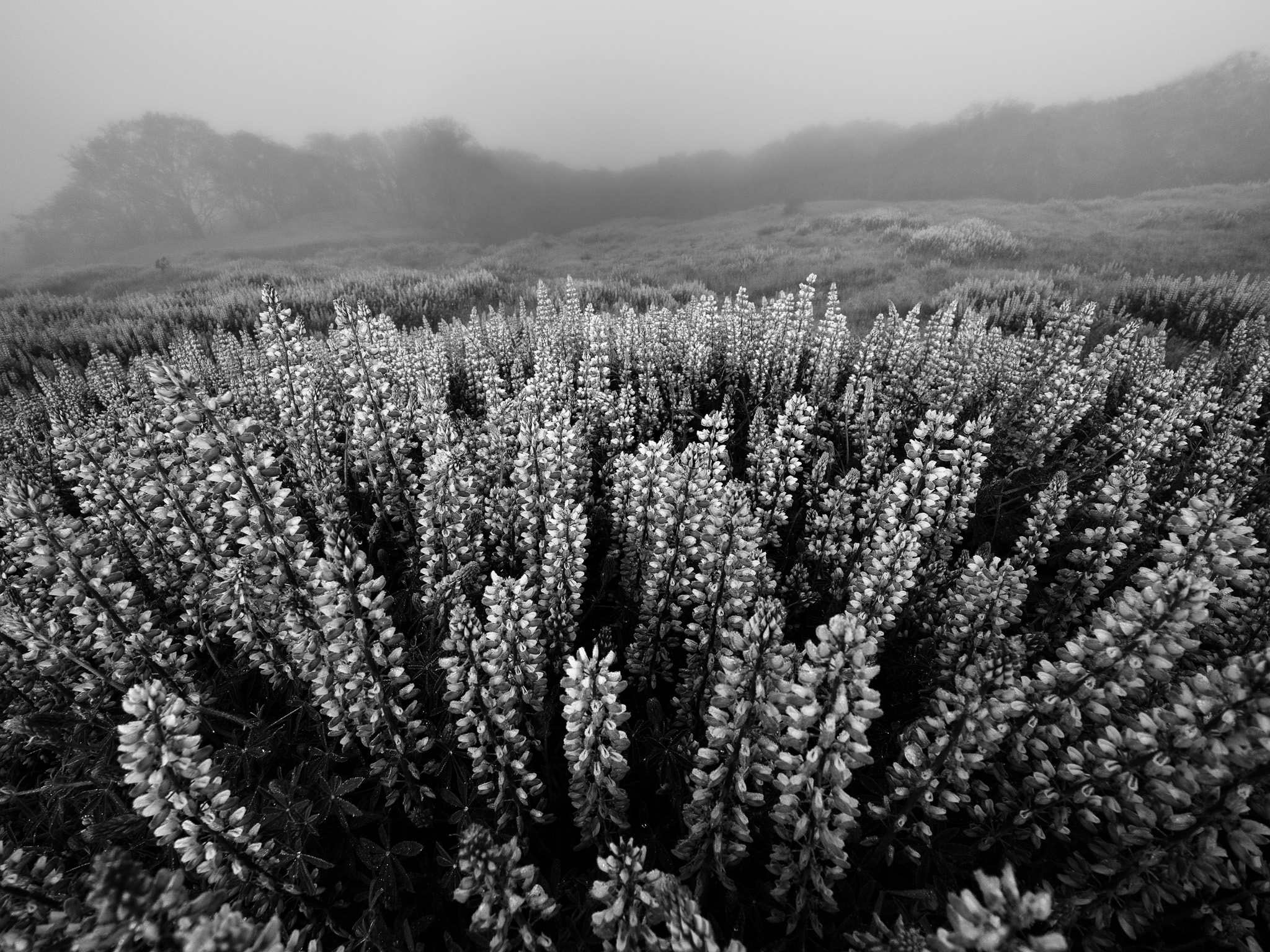Sponsored Post[?]
The Real Black & White

Back in the early days of photography, all photos were monochromatic. Eventually we got color, and color is awesome. But there’s something special about a Black and White photo. It’s simple, and pure. The image has to be great because of composition and lighting, not because of color. The photographer can’t rely on a super pretty sunset or bright red apple to make the image compelling. It’s harder to do right but when you do it right… it’s really really nice.
How Do You Go About Shooting For Black And White?
You can set your camera to black and white, but is that the best option? If you shoot in B&W in the camera, you’ll get a B&W JPEG. See this article to understand why that will limit you, if you don’t already know. However other than RAW data being better, you actually have three different channels of values to pull from to make your black and white photo. The Red, Blue and Green channels are all still recored in the RAW file, even when shooting black and white. (In fact, if you set your camera to record RAW, and to shoot B&W, you will see the B&W image on the back of the camera [that’s the embedded JPEG], but as soon as you open the RAW file in a decoder like DxO PhotoLab, you’ll see the RAW file in color. If you want to keep the camera’s conversion to B&W, you need to shoot JPEG or RAW+JPEG). Since you’ll be doing the final conversion to B&W yourself, this means you have a lot more options for that conversion, resulting in an image with more details, more contrast, and more excitement!
Black And White Conversion With Silver Efex Pro
Originally created by Nik Software, then acquired by Google, I was very excited to see it become part of the DxO family last year and is currently available as “Nik Collection 2018 by DxO”. Its U Point technology is incredible (and is now featured in DxO PhotoLab, by the way), but the Silver Efex Pro plugin itself has just gotten better and better over the years. It works as a plugin for Adobe Photoshop, Photoshop Elements and Lightroom Classic. In this article, I’ll be using it from Lightroom… (continued…)
Learn more about DxO PhotoLab and the DxO Nik Collection
To read the rest of this article, please visit the DxO Blog!
More like this
- Tip
- Tip
- Tip
- Tip
- Tip
